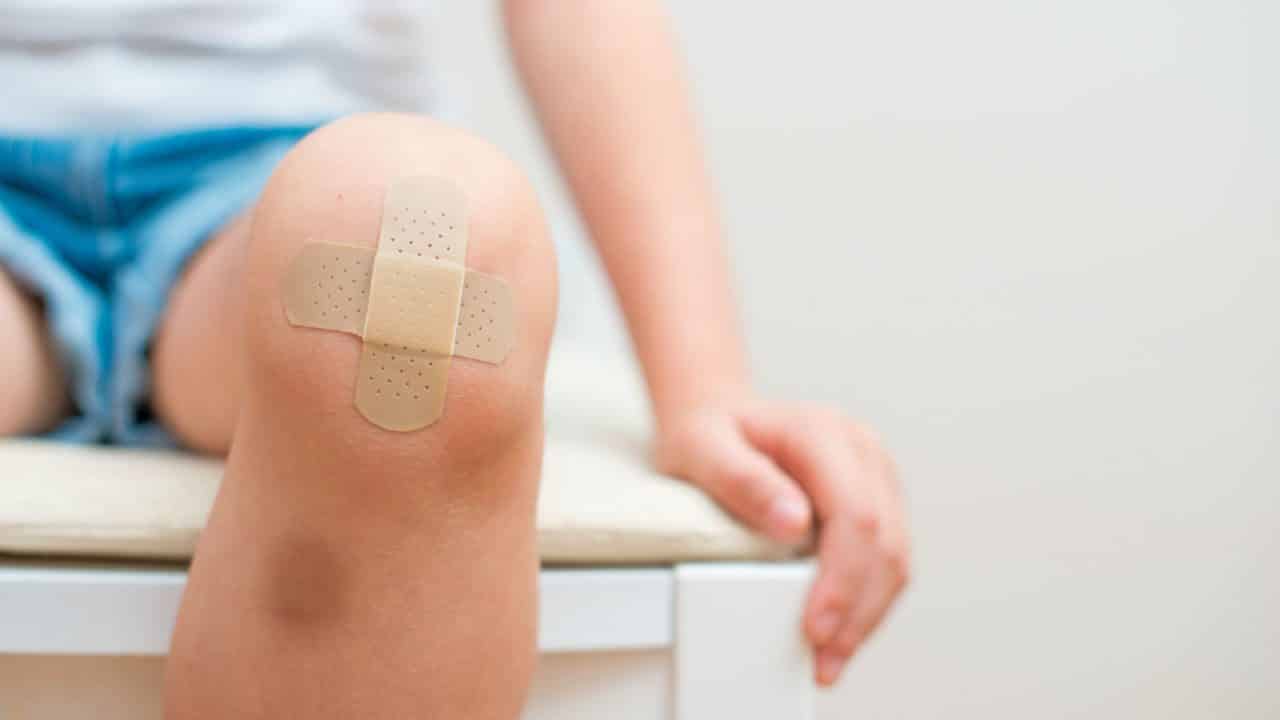Hydrogel Drug-Delivery System with Standalone Therapeutic Properties >
The design of materials for regenerative medicine has focused on delivery of small molecule drugs, proteins, and cells to help accelerate healing. Additionally, biomaterials have been designed with covalently attached mimics of growth factors, cytokines, or key extracellular matrix components allowing the biomaterial itself to drive biological response.
While the approach may vary, the goal of biomaterial design has often centered on promoting either cellular infiltration, degradation, vascularization, or innervation of the scaffold. Numerous successful studies have utilized this complex, multicomponent approach; however, scientists at the Rice University have now demonstrated a simple nanofibrous peptide hydrogel that unexpectedly and innately promotes all of these regenerative responses when subcutaneously implanted into the dorsal tissue of healthy rats.

“We were surprised to find this strong effect in what we had previously considered to be a control peptide,” Jeffrey Hartgerink , who led the study said. “As it turned out, the inherent structure and chemistry of this peptide, despite being quite simple, results in a strong biological response.”
The hydrogel, which can be delivered through a syringe, is designed to degrade over six weeks and leave behind healthy tissue. Because the peptides are designed from the bottom up to mimic their natural counterparts, the lab found they create an optimal environment for the body’s own systems to encourage healing.

The specialists announced the normal incendiary reaction when a remote substance like a hydrogel is brought into a framework and draws cells that emit proteins associated with cell penetration, platform corruption, vascularization, and innervation. Tests on infused hydrogel demonstrated a “measurably huge” increment within the sight of cytokines known to incite a provocative reaction and in addition an expansion in calming specialists, both of which stayed consistent after day three and through two weeks.
That indicates the hydrogel appears to harness the body’s innate capacity to heal as it transitions from a pro-inflammatory to a pro-healing environment.
“As we eventually discovered, this exceptional peptide allows the body to carry out healing on its own, but with a significant boost,” Hartgerink said. “We believe the key step is the initial, and very rapid, cell infiltration. Once these cells are on location, they produce everything they need for an impressive regenerative response, including angiogenesis and neurogenesis.”
Hartgerink said the lab is pursuing application of the peptide for wound-healing in diabetic ulcers.
































